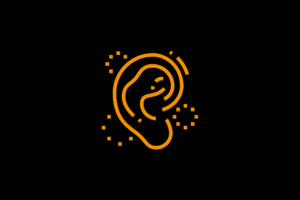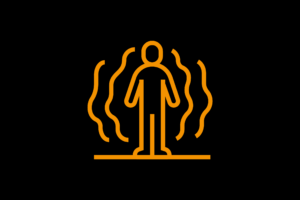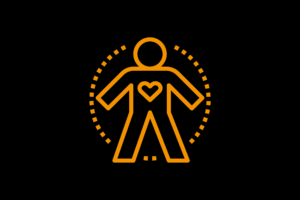How and why autism affects our senses

Introduction to Sensory Differences
Everyone on the planet has sensory processing differences, but these are often more extreme in autistic people, compared to others.

Sensory – Touch
Autistic people often experience lower sensitivity OR higher sensitivity with touch. It is common for the levels of sensitivity to change according to how relaxed, stressed or tired the person is feeling.

Sensory – Taste
Autistic people often have lower sensitivity OR higher sensitivity to taste. It is common for the levels of sensitivity to change according to how relaxed, stressed or tired the person is feeling.

Sensory – Smell
Autistic people often have lower sensitivity OR higher sensitivity to smells. It is common for the levels of sensitivity to change according to how relaxed,

Sensory – Sight
Autistic people often have lower sensitivity OR higher sensitivity with their sight. It is common for the levels of sensitivity to change according to how

Sensory – Hearing
Autistic people often have lower sensitivity OR higher sensitivity to noise and sounds. It is common for the levels of sensitivity to change according to

Sensory – Balance
Autistic people often have lower sensitivity OR higher sensitivity with balance. It is common for the levels of sensitivity to change according to how relaxed,

Sensory – Balance in more detail
Have you ever wondered how your body knows if you’re spinning or moving? Well, that’s where your vestibular system comes into play. Inside your ears,

Sensory – Body Awareness
Autistic people often have lower sensitivity OR higher sensitivity with their body awareness. It is common for the levels of sensitivity to change according to

Sensory – Body Awareness in more detail
When you close your eyes, do you know where your arms and legs are without looking at them? That’s because of your sense of proprioception.

Sensory – Internal Senses
Autistic people often have lower sensitivity OR higher sensitivity with their internal senses. It is common for the levels of sensitivity to change according to

Sensory – Internal Senses in more detail
What is interoception? We are all familiar with the five senses: smell, sight, touch, hearing and taste. But did you know we also have another

Alexithymia
What is alexithymia? Alexithymia is a Greek word that literally translates as “no words for feelings”, and means difficulty with understanding and/or describing your feelings

Being Sensory Smart
Once you have started to notice your own sensory differences and preferences, you can then start to experiment with ways to balance and juggle them

Being Sensory Smart in more detail
Most of us learn about the 5 senses – hearing, seeing, touching, tasting, and smelling. We’re taught that these senses are how we experience
Share Feedback
If you have any feedback you would like to share with us about the website, or if you would like to make a contribution of your own to the site, please complete this form.
Please note that we unfortunately are not able offer any advice or support for specific individual situations.
If you have an enquiry relating to Spectrum Gaming, please check out the website or email info@spectrumgaming.net instead, as this contact form is just for the AU website 🙂

